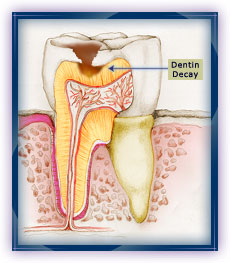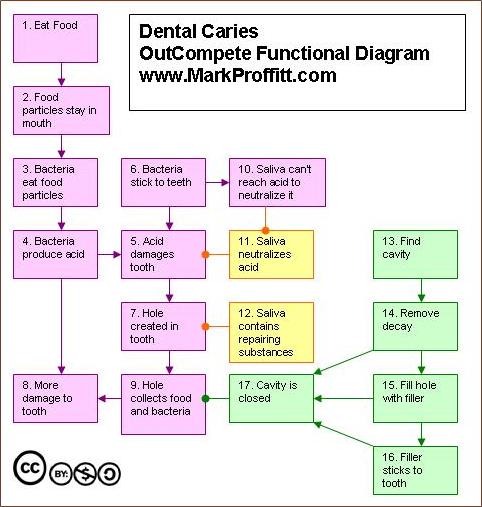Automatic Drying Diaper Improves Health Care
Japan is dealing with their problem of aging population by automating health care. This automatic drying diaper could replace catheters and provide extra benefits.
Catheters might be cheaper in the short run but risk infections, are uncomfortable to insert and remove and require some training to insert. This automatic drying diaper requires no training, is much more comfortable with less risk of infection and offers other advantages.
Since there is already some electronics this device could be easily expanded to measure amounts and times, perform tests on the contents to monitor health and help with diagnostics plus alert care givers of needed care.
This is just one of the 15 Alternatives solution types. A diaper that automatically dries itself is an example of Return to Stable, and this one does it multiple times. A disposable diaper is a Single Stable, although not very stable. A catheter is a Multiple Direct, it directly catches urine multiple times. That is only 3 of the possible 15 solution types. There are 12 other types of innovation possible.
First Step for Dental Innovation “No Cavity”
I had a cavity and the American dentist gave me only one option and I didn’t like it. I wanted better options. So I started innovating to satisfy my desire. Before you think that I started inventing something let me clarify innovation. Innovation is satisfying a demand. If you can find something that already exists and use it to satisfy the demand you innovated. So I began searching. The innovation I wanted was No cavity.
Since I wasn’t an expert on dentistry I did a little research to understand at a high level how dental caries (cavities) function.
Acid from bacteria eat left over food and cause decay in teeth. Your mouth has a natural defense for the acid. Your saliva is alkaline, it neutralizes acid. Unfortunately bacteria can stick to teeth blocking saliva from neutralizing the acid.
Saliva has another positive feature. If the infection that causes decay is caught early enough teeth re-mineralize all on their own using material in your saliva.
If too much damage is done there is a hole that could collect food and bacteria. Once that hole gets through the hard enamel, a cavity can quickly grow in the softer dentin. It’s still possible for a tooth to heal at this point but often some type of repair is needed. But most important is stopping the infection and decay.
Many cavities form in areas of teeth that catch food and are hard to clean. The tendency for bacteria to stick to teeth makes this even worse.
Functional Diagram
Taking all the information I gathered I created a Functional Diagram. The red boxes describe how cavities work. The green boxes describe the process of filling a cavity. And the yellow boxes show the natural process of saliva re-minerizing teeth.
The Functional Diagram give you a high level starting point to start looking for innovation alternatives.
Why I drove 3 hours in a snowstorm to another country to see a dentist and LOVED IT!
My trip to Canada to access one dental innovation uncovered a complete system filled with innovation. This is the first part of a story of innovation with fabulous success. This series of articles will:
- Demonstrate innovation with the OutCompete Predictive Innovation Method
- Give examples of several innovative technologies.
- Give an example of innovative service.
- Predict some future innovations.
- Diagnose reasons an organization fails to innovate.
- Show you how to improve your organization’s innovativeness.
Damaging radiation, toxic metals, caustic poisons, and amputations with power tools.
Does that sound like health care?





 Predictive Innovation Training
Predictive Innovation Training Predictive Innovation: Core Skills Book
Predictive Innovation: Core Skills Book RoundSquareTriangle.com
RoundSquareTriangle.com